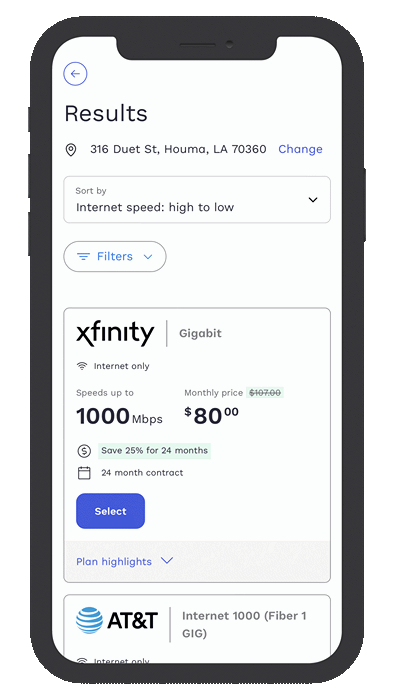Give our team of experts a call
We’re available 24/7 to help you find the plan that’s right for you.


The nation’s #1 marketplace for TV and internet
Why shop 5 sites when you can shop 1?

Over 13.5 million plans sold, and counting
Tried and tested for over a decade
No added fees
or markups, ever.
Compare plans from providers you trust
Expert customer support available 24/7
4.8 star TrustScore
from hundreds of reviews on Trustpilot
Wherever you live,
we’ve got you covered









































Internet and TV tips
Switching providers and don’t know where to start? We can help.



